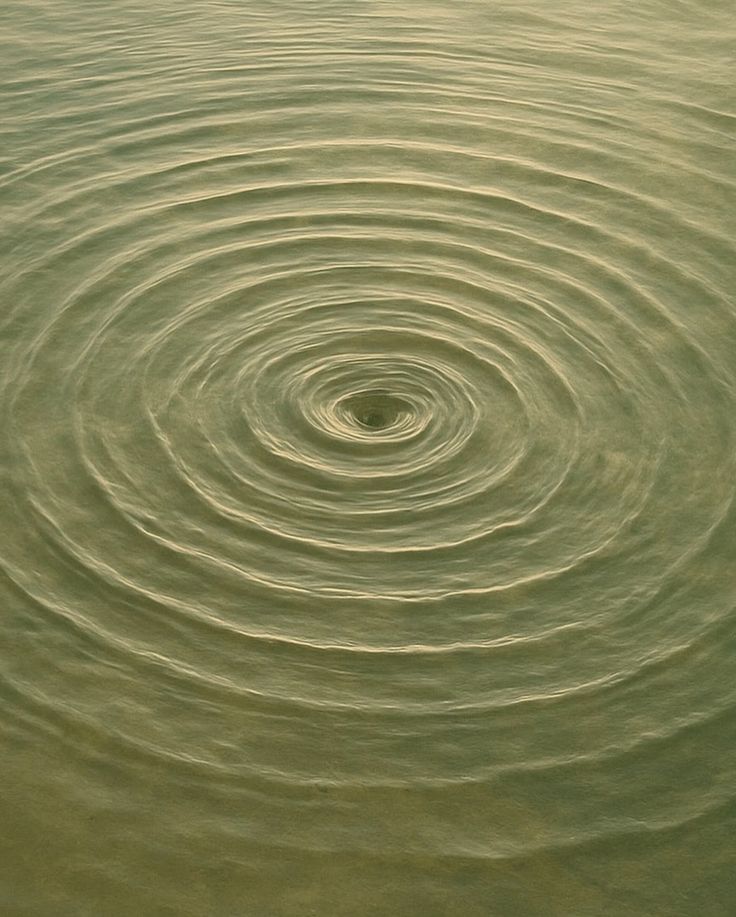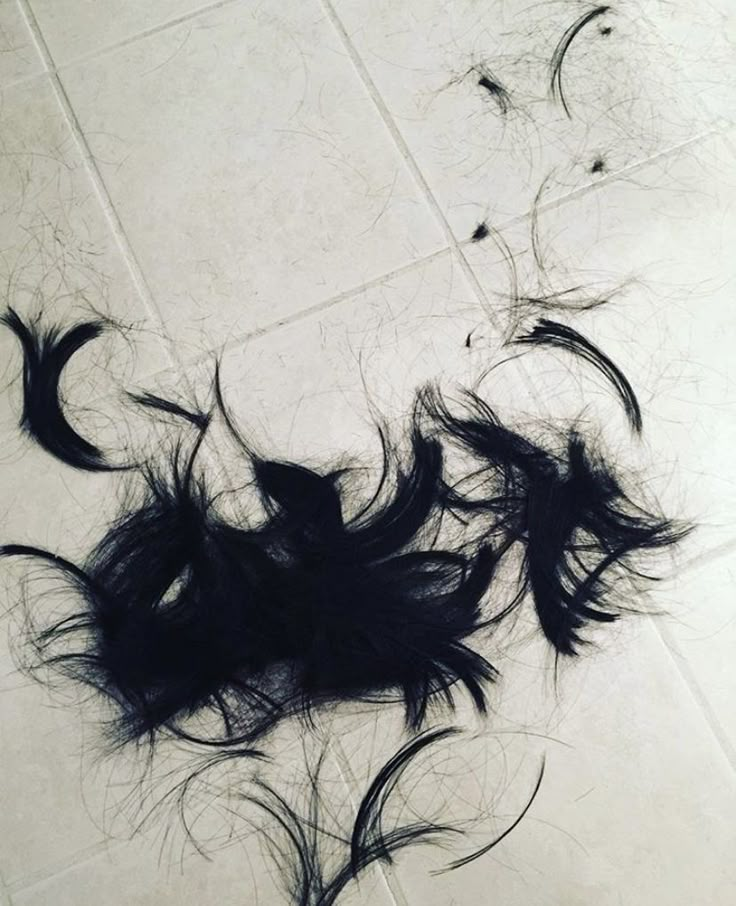Fungal dandruff and dry scalp are two different scalp conditions, and they are often confused due to some overlapping symptoms. Here's a breakdown of the differences:
Cause:
Fungal Dandruff: This is caused by an excess growth of a yeast-like fungus called Malassezia, which is naturally present on the scalp. This fungus feeds on the oils secreted by the hair follicles, and its overgrowth leads to irritation and an increase in skin cell turnover, resulting in dandruff.
Dry Scalp: A dry scalp occurs when the skin on the scalp loses moisture, leading to tightness, irritation, and flaking. It is often caused by factors like cold weather, dehydration, or the use of harsh hair care products. Let us not forget that the gut is connected to the follicles thus disruption in the gut microbiome is also a big factor for this issue. It is always all connected.
Symptoms:
Fungal Dandruff: It typically presents as larger, oily or greasy flakes and can be accompanied by redness, itching, and sometimes a tingling sensation on the scalp.
Dry Scalp: This condition is characterized by smaller, dry flakes and tightness or dryness of the scalp. Itching can occur, but it's usually due to dryness rather than irritation.
Treatment:
Fungal Dandruff: Treatment often includes anti-dandruff shampoos containing ingredients like ketoconazole, pyrithione zinc, selenium sulfide, or tar. These ingredients help reduce fungal growth and the resultant flaking and irritation. oiling without approaching the fungus may cause more problems as the fungus thrives on oil.
Treating dandruff holistically, especially considering its fungal properties, is important even after initial improvements from medicated shampoos for several reasons:
Recurring Nature of Dandruff : Dandruff, often caused by the fungus Malassezia, tends to be chronic and recurrent. Even after symptoms improve, the underlying fungal elements may persist at lower levels. Without a holistic approach, there's a higher risk of recurrence.
Maintaining Scalp Health: A holistic approach, which could include diet, lifestyle changes, and the use of gentle, natural remedies, helps maintain overall scalp health. A healthy scalp environment is less conducive to the overgrowth of fungi.
Building Scalp Resilience: A holistic approach often involves nurturing the scalp’s microbiome, which plays a key role in defending against various scalp issues, including fungal overgrowth. Balanced scalp flora can prevent dandruff flare-ups.
Reducing Dependence on Medications: Prolonged use of medicated shampoos can sometimes lead to side effects or diminished effectiveness. A holistic approach can reduce the reliance on these products by strengthening the scalp's natural defenses.
Addressing Root Causes: Sometimes, dandruff is a symptom of broader health issues, such as stress, diet imbalances, or hormonal fluctuations. A holistic approach aims to address these underlying causes, not just the symptoms.
Improving Hair Health: Besides treating dandruff, a holistic approach can improve overall hair health, leading to stronger, more vibrant hair. It often includes nutrients and practices that benefit hair growth and quality.
In summary, a holistic approach to dandruff treatment helps manage not just the symptoms but also the underlying causes and contributing factors. This strategy can lead to more sustainable control over dandruff and overall scalp health.
Dry Scalp: Treatment involves hydrating and moisturizing the scalp. Using gentle, hydrating shampoos, and contimued treatments like scalp oils, accupuncture of the scalp, s can help restore the scalp's moisture.
Appearance of Flakes:
Fungal Dandruff: Flakes are usually larger and may appear yellowish or oily.
Dry Scalp: Flakes are smaller, whiter, and look like dry skin.
It's important to correctly identify the condition as the treatments are different. If over-the-counter treatments don't work or symptoms are severe, it's advisable to see a dermatologist for an accurate diagnosis and treatment plan.




